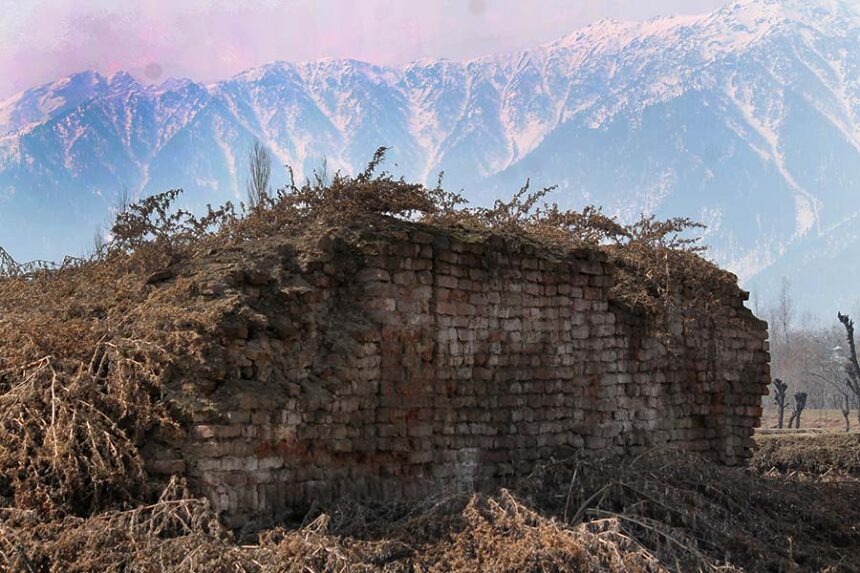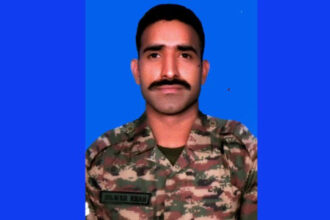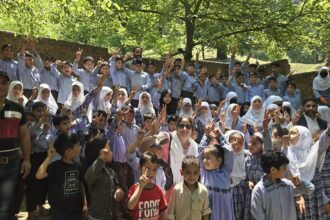Sangrampora, once a tranquil hamlet where Hindu and Muslim families coexisted harmoniously, became the site of a brutal massacre that claimed the lives of seven innocent Kashmiri Hindu civilians. Among the victims was the beloved school teacher, Late Shri Avtar Krishan Pandita, whose name would forever be etched in the annals of history as a symbol of unwavering compassion and dedication to education.
His kindness knew no bounds, as he reached out to impoverished Muslim children, providing them with not just education, but also basic necessities such as medical care and grooming. His altruism was a testament to the universal values of compassion and empathy that transcended religious divides.
Yet, on that fateful eve of Nawroz, a celebration of spring and renewal, the tranquility of Sangrampora was shattered by the arrival of armed militants hell-bent on sowing seeds of terror and division. Armed with hatred and prejudice, they embarked on a rampage, targeting Kashmiri Hindu men indiscriminately.
The men of Sangrampora, pleading for mercy and invoking their shared humanity, were met with scorn and brutality. Forced to march in the darkness, drenched by the relentless rain, they were herded like cattle to the slaughter. Stripped of their dignity and their clothes, they faced a hail of bullets that extinguished their lives in an instant.
Yet, amidst the darkness, there emerged flickers of resilience and hope. Every year, on the anniversary of the massacre, the people of Sangrampora come together to honor the memory of the victims and to reaffirm their commitment to unity and peace. Though physical distance may separate them, their bonds of solidarity remain unbroken, a testament to the enduring power of community and compassion.
As we reflect on the tragedy of Sangrampora, let us not succumb to despair, but rather, let us draw strength from the resilience of its people. Let us remember the victims not as statistics, but as individuals whose lives were cut short by senseless violence. And let us pledge to never forget their sacrifice, as we strive to build a world where such atrocities are relegated to the annals of history, never to be repeated.






